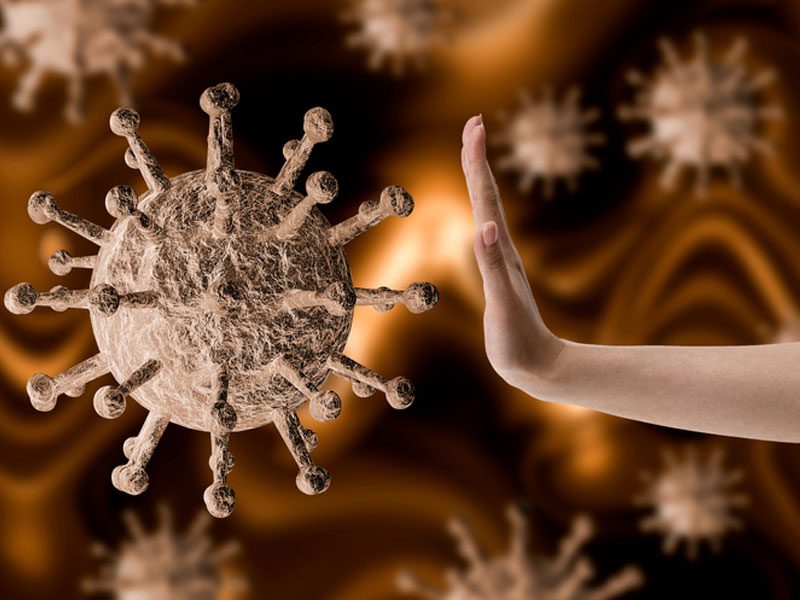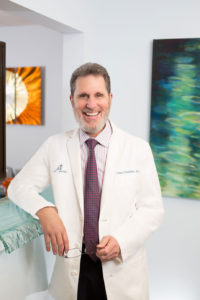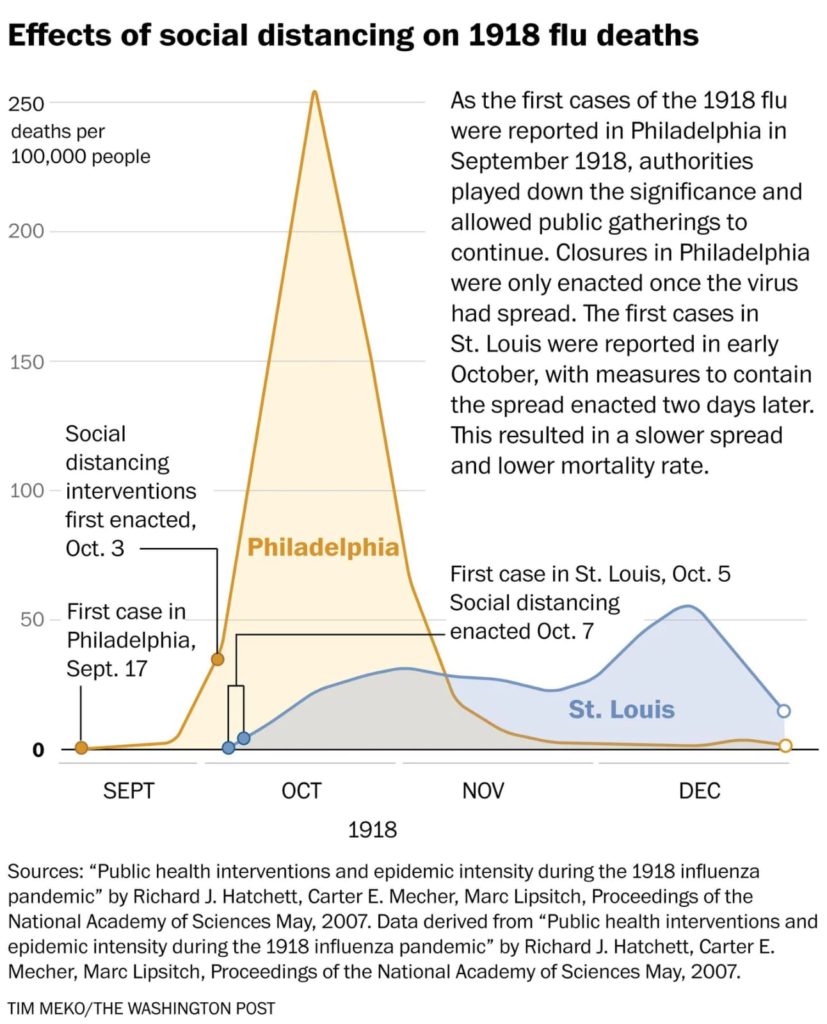
Social Distancing Guide Preventing Spread at MyMD Miami

Written by:
Robert A. Freedman, M.D.
Board Certified Internal Medicine
Board Certified Infectious Diseases
Chief of Infectious Diseases
[email protected] (Questions submitted will potentially be answered in future articles/updates)
This is a 2nd post in a series of posts about COVID-19, you can read our first post here.
—
After my previous article on the 2019 Novel Coronavirus, (COVID19), I received many questions which revealed people needed clarification and direction with regard to the term “social distancing”. This term primarily means limiting one’s contacts and keeping a minimum distance of at least 6 feet from those contacts. For example, established Infectious Disease practice is that when a patient enters a hospital with any communicable disease, (such as certain forms of bacterial meningitis, tuberculosis, influenza, etc.), we place them in isolation rooms. We do not want to expose other patients or healthcare personnel in the hospital, because they would be at risk for contracting the disease and passing it on to even more people. This is how we contain and prevent spread of infection. Our community, and everyone’s community, needs to represent basically a microcosm of what we do in a hospital setting. That means everyone needs to stay away from congregating in large groups of people – since you don’t know:
- Where they’ve been
- Who they’ve been in contact with
- If they’ve been exposed
- If they are experiencing symptoms.
—
Social distancing helps protect you and everyone else from these unknowns.
In the modern medical era, we have been able to stop the spread of many viral diseases that have previously devastated communities, through the development of vaccines. These have prevented people from contracting illnesses such as polio, influenza, measles, mumps, rubella, chickenpox, hepatitis B, pertussis, etc. The reason we are recommending this harsh/drastic measure of social distancing is primarily because we do not have a vaccine yet for COVID19. Therefore, we have had to revert to a primitive pre-vaccine method to stop the spread of the disease, which is social distancing.
As a new virus, we are just learning about its transmission, symptomatology, and complications. As we speak, vaccine development is ongoing and there is research and testing being conducted to develop antiviral medications. The current methods being recommended in the United States of closing schools, universities, museums, parks, sporting events, concerts, synagogues, churches, houses of worship etc., is to prevent people gathering in large groups where the spread of the virus can occur. When we gather in large groups, someone in the group may be experiencing a minimally symptomatic disease process (meaning they may not really feel ill) and unknowingly be shedding the virus (which means they are contagious), and then potentially spread it to other healthy people, who will then spread it to their contacts, and so on and so forth. Social distancing allows each of us to have better control of our contacts, and as a result, hopefully have less exposure to the illness.
The graph below, copied from the Washington Post, demonstrates how effective social distancing was in decreasing the spread and mortality rate of the 1918 influenza pandemic when we were in the pre-vaccine era.

I would like to re-emphasize that in the overwhelming majority of cases, COVID19 is essentially a benign disease (not serious) which results in mild symptomatology that could include fever, cough, nasal discharge, sore throat, mild flu like symptoms, etc. These symptoms will resolve in a few days with no complications. The danger of this disease however, and those at risk for severe complications of COVID 19 are primarily the elderly, people with pre-existing medical conditions, and immunosuppressive disorders. Therefore, practicing social distancing is primarily to protect these members of a society.
I believe the time has come for all of us to come together as one people, and take responsibility for those in our community at the greatest risk for the severest complications of this illness and take the practice of social distancing very seriously.
I hope I have clarified some of your questions and will address new developments as they unfold.

